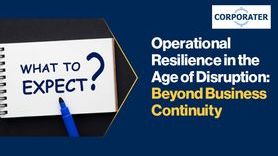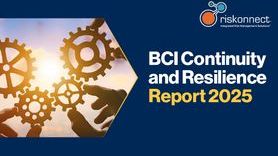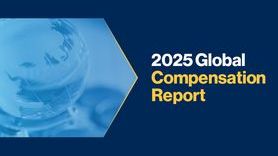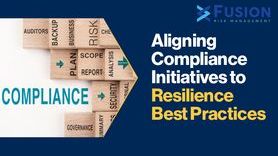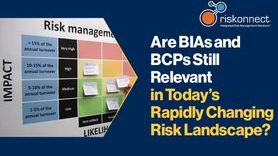From Risk to Resilience: Addressing Heat Stress in the Workplace
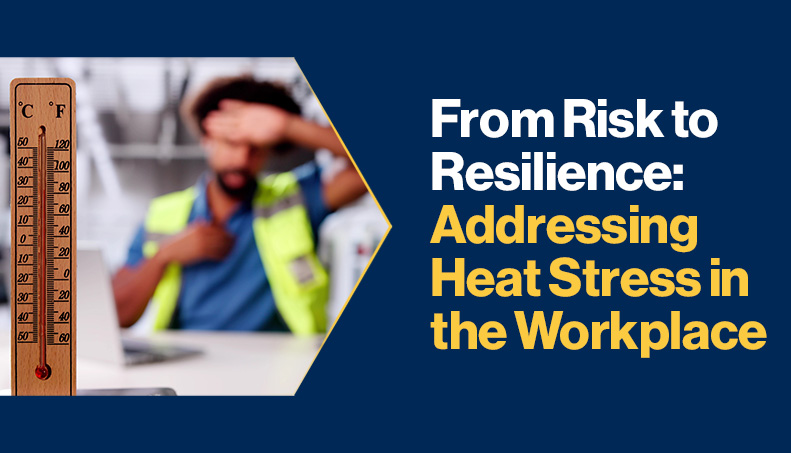
On August 22nd 2025, the World Health Organization (WHO) and the World Meteorological Organization (WMO) jointly published a report and technical guidance titled Climate Change and Workplace Heat Stress[1].
Drawing upon five decades of evidence-based research, the guidance addresses the escalating challenges that rising global temperatures pose to worker health and productivity. According to the report, 2024 was the hottest year on record and as climate change intensifies, heatwaves are becoming more frequent and extreme. The WHO estimates that globally more than 2.4 billion workers are now exposed to excessive heat, resulting in more than 22.85 million occupational injuries each year.
The documents highlight key health impacts of extreme heat, noting that the frequency and intensity of such events have risen sharply from regions near the equator to those not historically prone to heat threats, posing increased risks to both outdoor and indoor workers. It also finds that worker productivity declines by 2–3% for every degree above 20°C. To address these increasing threats the report calls for the implementation of occupational heat action plans, tailored to specific industries and regions, and developed in collaboration with employers, workers, unions, and public health experts.
Dr Jeremy Farrar, WHO Assistant Director-General, Health Promotion, Disease Prevention and Care said:
“This new guidance offers practical, evidence-based solutions to protect lives, reduce inequality, and build more resilient workforces in a warming world.”[2]
BCI research on climate-related disruption
BCI research has revealed the impact of climate change on the resilience sector. The Horizon Scan Report 2024[3], found climate-related disruption was the third most significant cause of organizational disruption over the past 12 months, and that practitioners ranked it as the second most pressing risk in both the short- and medium-term. Despite this, two-thirds of professionals viewed severe weather events as isolated incidents rather than enduring trends and just a quarter considered climate risk on their risk agenda.[4]
Why the WHO–WMO Guidance Matters to Continuity Professionals
With growing evidence of climate change’s impact on organizations, practitioners could consider not only taking steps to mitigate its current effects but also proactively plan for disruptions in the future.
By prioritising occupational heat action plans in line with the WHO’s guidance, organizations can protect workforce performance, minimise absenteeism, and enhance operational continuity. Practitioners could also consider conducting comprehensive audits, not only of their own premises, utilities, and staff wellbeing, but also of the heat-related risks affecting global suppliers and transport networks. To build resilience, assessments should guide targeted mitigation efforts that ensure climate risks are integrated into continuity planning.
While the new guidance is not regulation, it outlines best practices for mitigating heat-related disruptions and helps ensure the issue remains a priority on management agendas, an essential step toward embedding genuine climate risk commitment and building long-term resilience.









